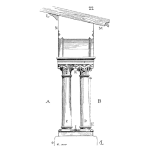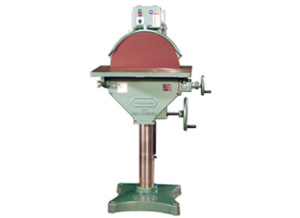
- What is Maintenance?
- An Historical Perspective of Maintenance
- Equipment Reliability
- Reliability and Maintenance Strategy
- The Ongoing Evolution
- Effective Maintenance – DuPont Maintenance Study Results
- Making the Transition from Reactive to Strategic
- Discussion
1. What is Maintenance?
A definition: Maintenance describes the management, control, execution and quality of those activities which will reasonably ensure that design levels of availability and performance of assets are achieved in order to meet business objectives. [Read more…]









